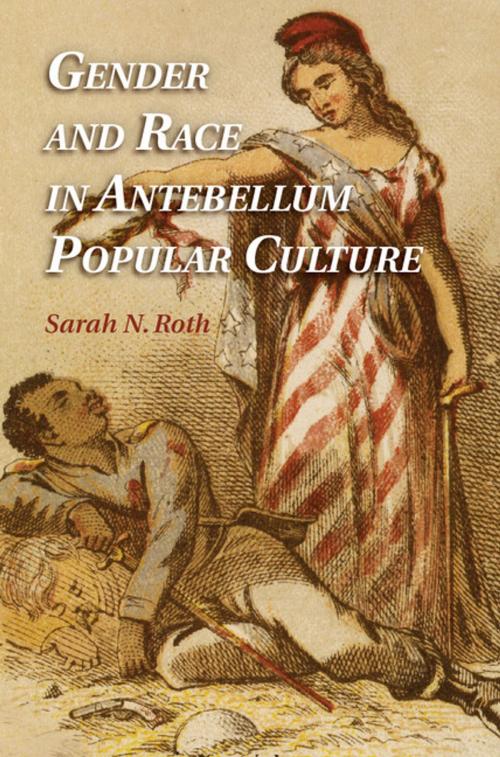Gender and Race in Antebellum Popular Culture
Nonfiction, History, Americas, United States, 19th Century, Fiction & Literature, Literary Theory & Criticism| Author: | Sarah N. Roth | ISBN: | 9781139985864 |
| Publisher: | Cambridge University Press | Publication: | July 21, 2014 |
| Imprint: | Cambridge University Press | Language: | English |
| Author: | Sarah N. Roth |
| ISBN: | 9781139985864 |
| Publisher: | Cambridge University Press |
| Publication: | July 21, 2014 |
| Imprint: | Cambridge University Press |
| Language: | English |
In the decades leading to the Civil War, popular conceptions of African American men shifted dramatically. The savage slave featured in 1830s' novels and stories gave way by the 1850s to the less-threatening humble black martyr. This radical reshaping of black masculinity in American culture occurred at the same time that the reading and writing of popular narratives were emerging as largely feminine enterprises. In a society where women wielded little official power, white female authors exalted white femininity, using narrative forms such as autobiographies, novels, short stories, visual images, and plays, by stressing differences that made white women appear superior to male slaves. This book argues that white women, as creators and consumers of popular culture media, played a pivotal role in the demasculinization of black men during the antebellum period, and consequently had a vital impact on the political landscape of antebellum and Civil War-era America through their powerful influence on popular culture.
In the decades leading to the Civil War, popular conceptions of African American men shifted dramatically. The savage slave featured in 1830s' novels and stories gave way by the 1850s to the less-threatening humble black martyr. This radical reshaping of black masculinity in American culture occurred at the same time that the reading and writing of popular narratives were emerging as largely feminine enterprises. In a society where women wielded little official power, white female authors exalted white femininity, using narrative forms such as autobiographies, novels, short stories, visual images, and plays, by stressing differences that made white women appear superior to male slaves. This book argues that white women, as creators and consumers of popular culture media, played a pivotal role in the demasculinization of black men during the antebellum period, and consequently had a vital impact on the political landscape of antebellum and Civil War-era America through their powerful influence on popular culture.















